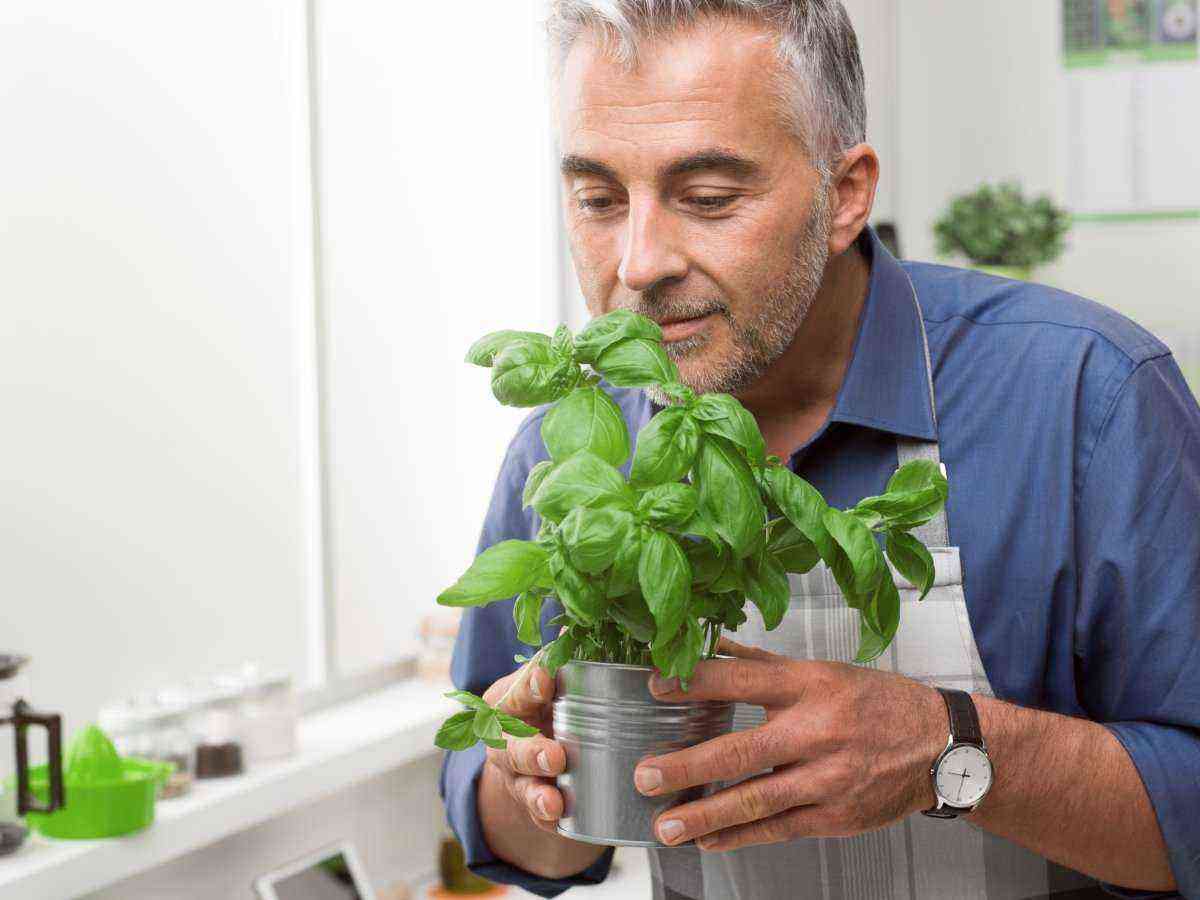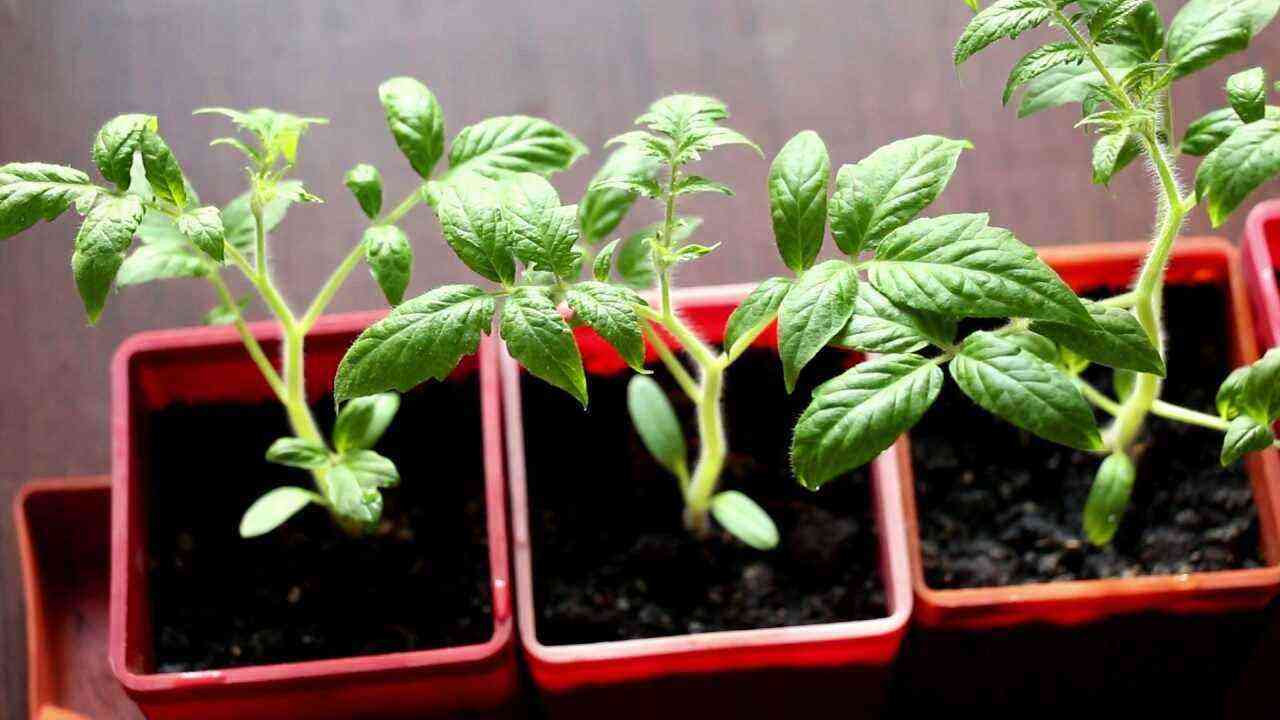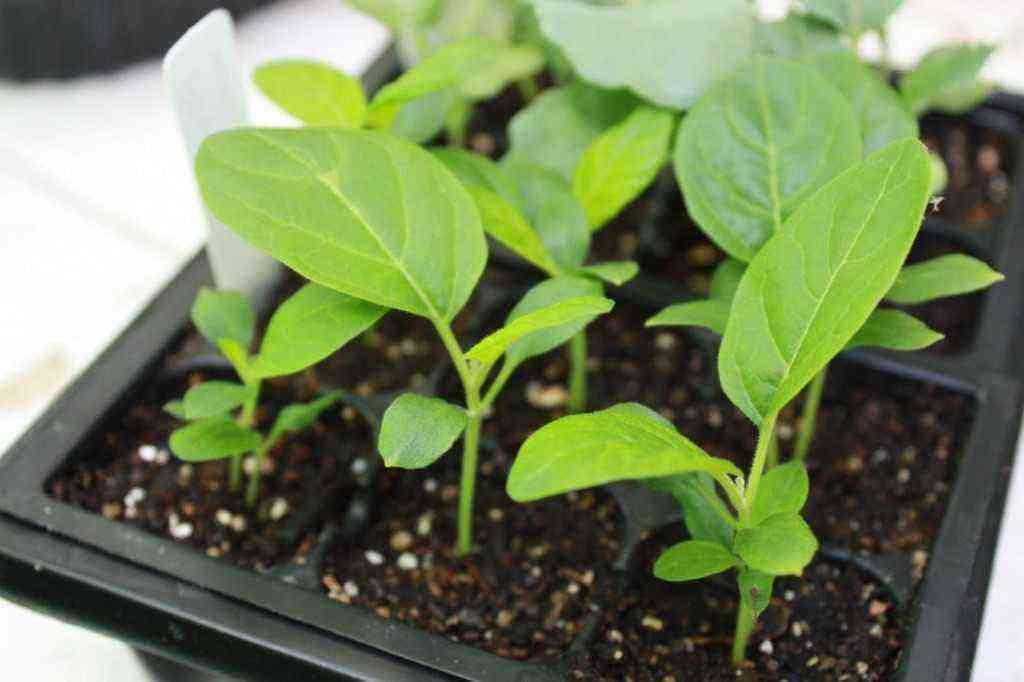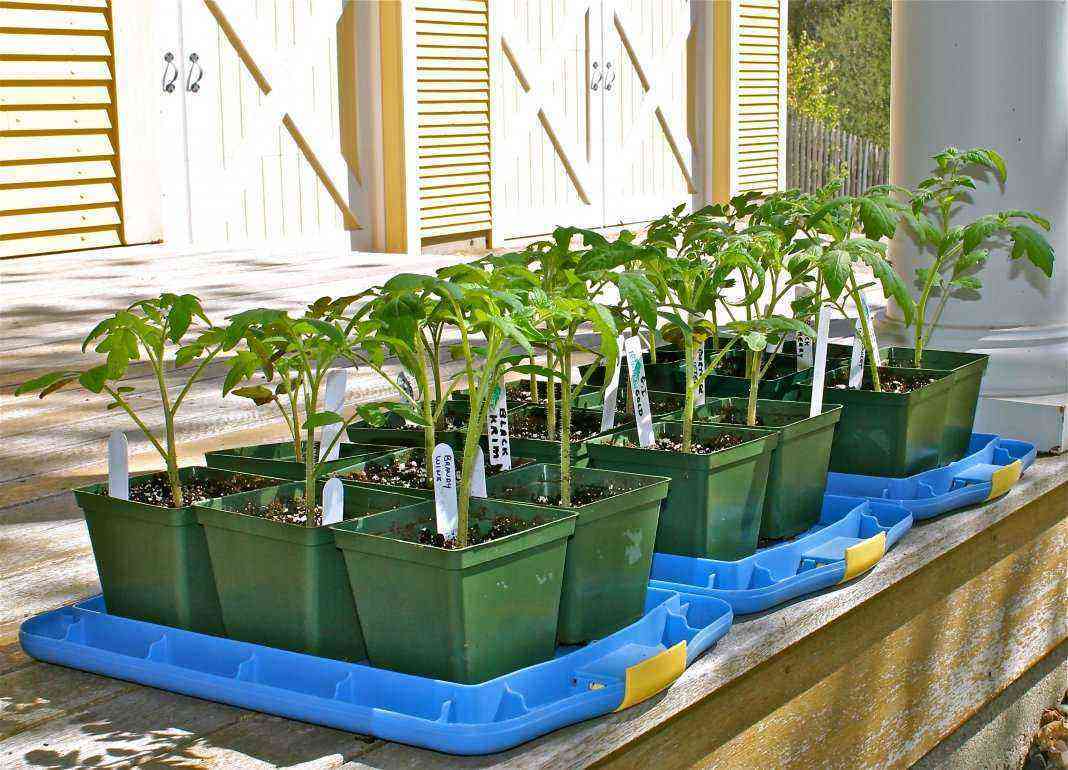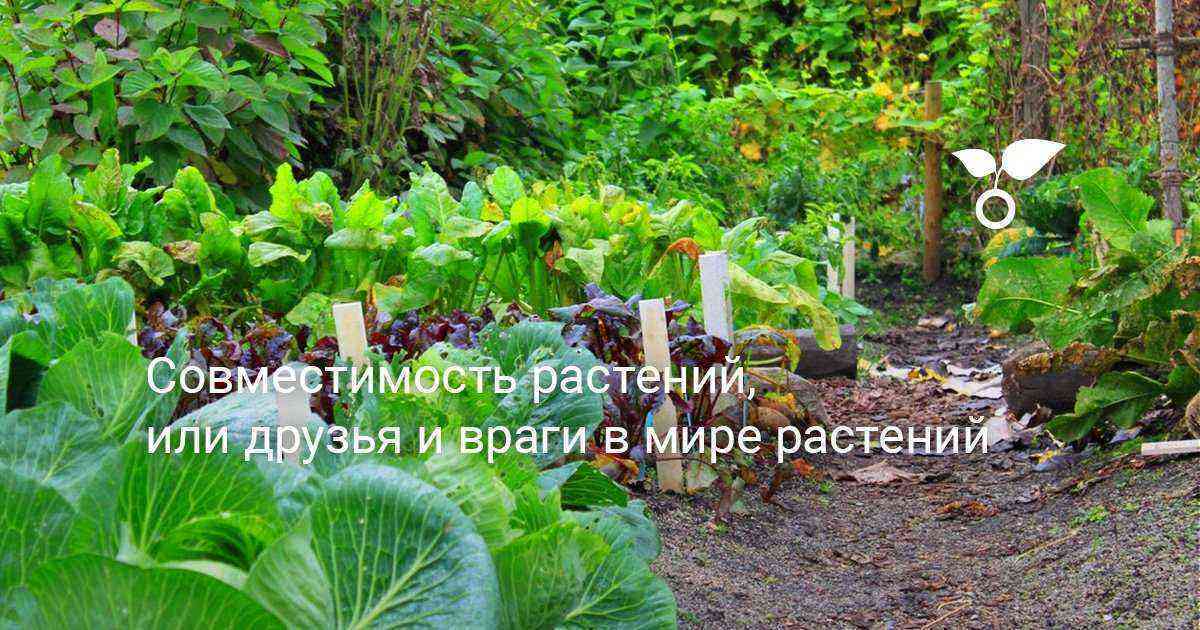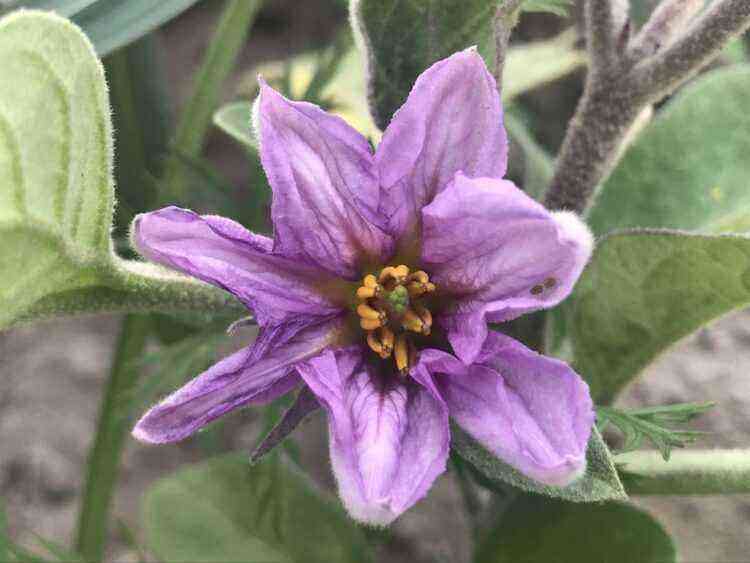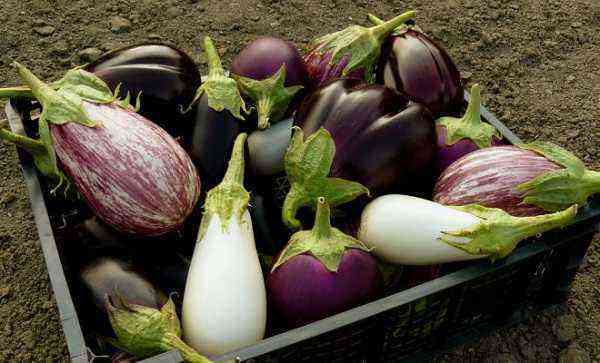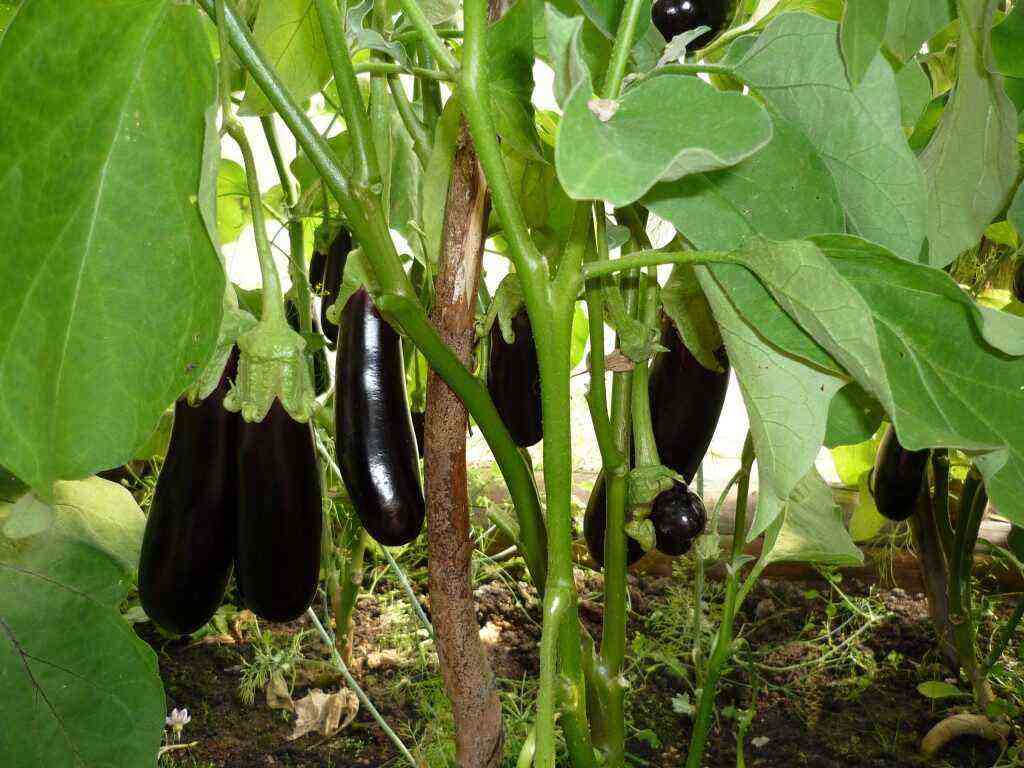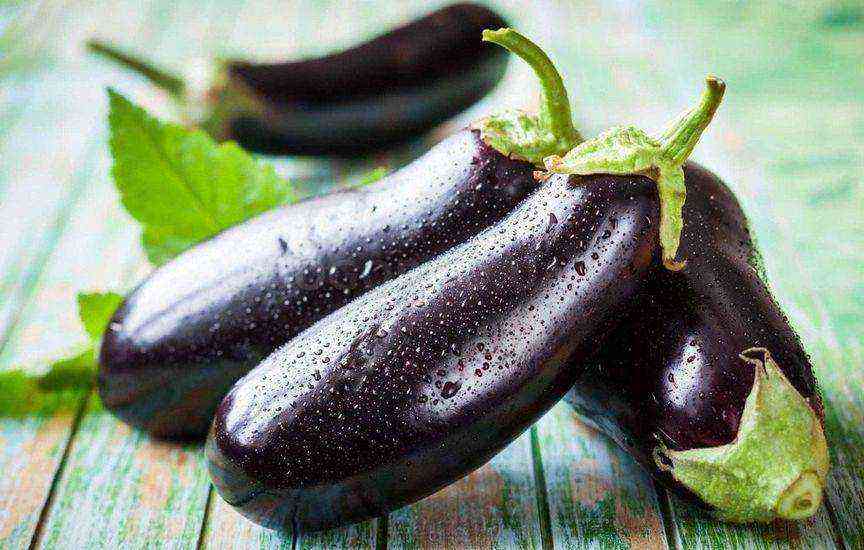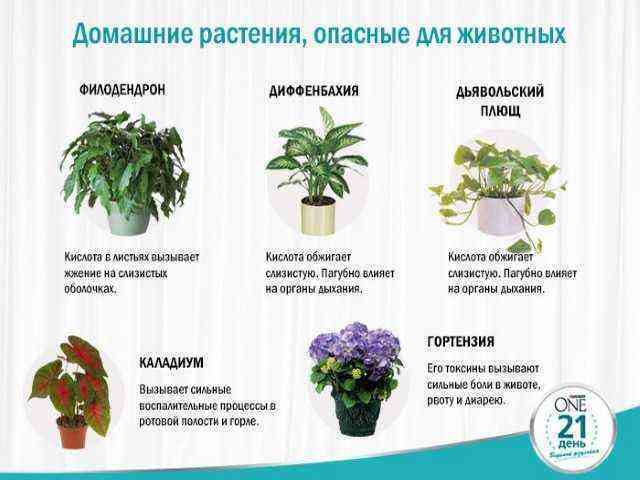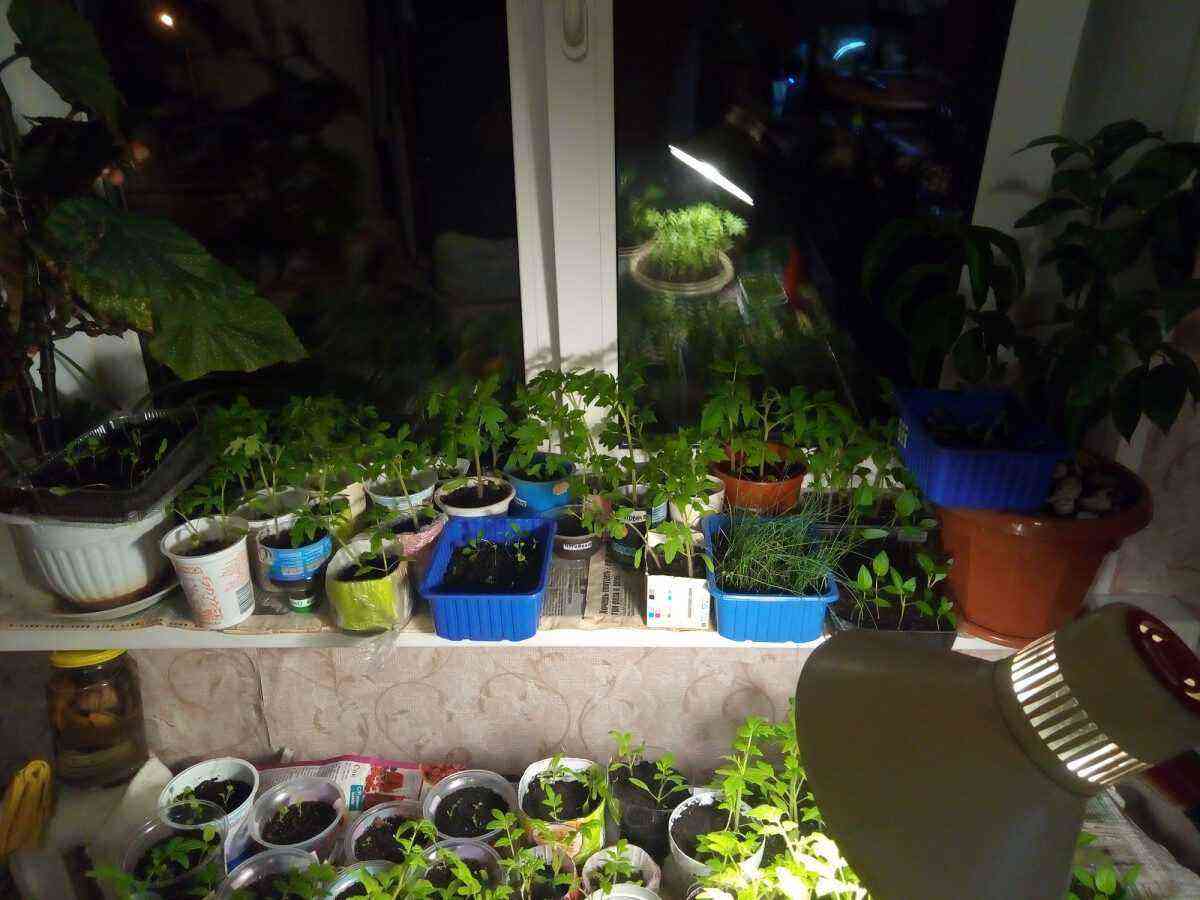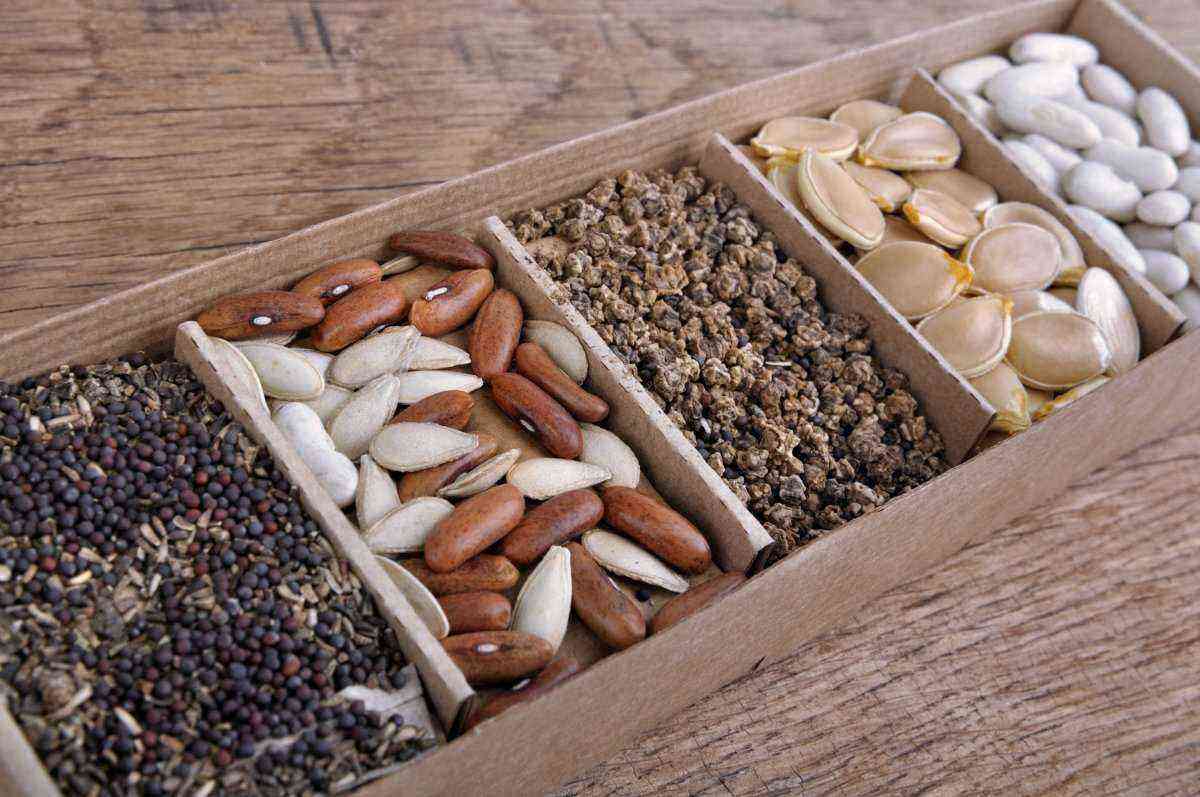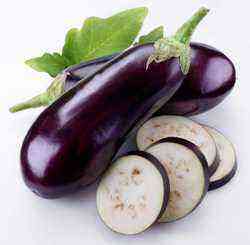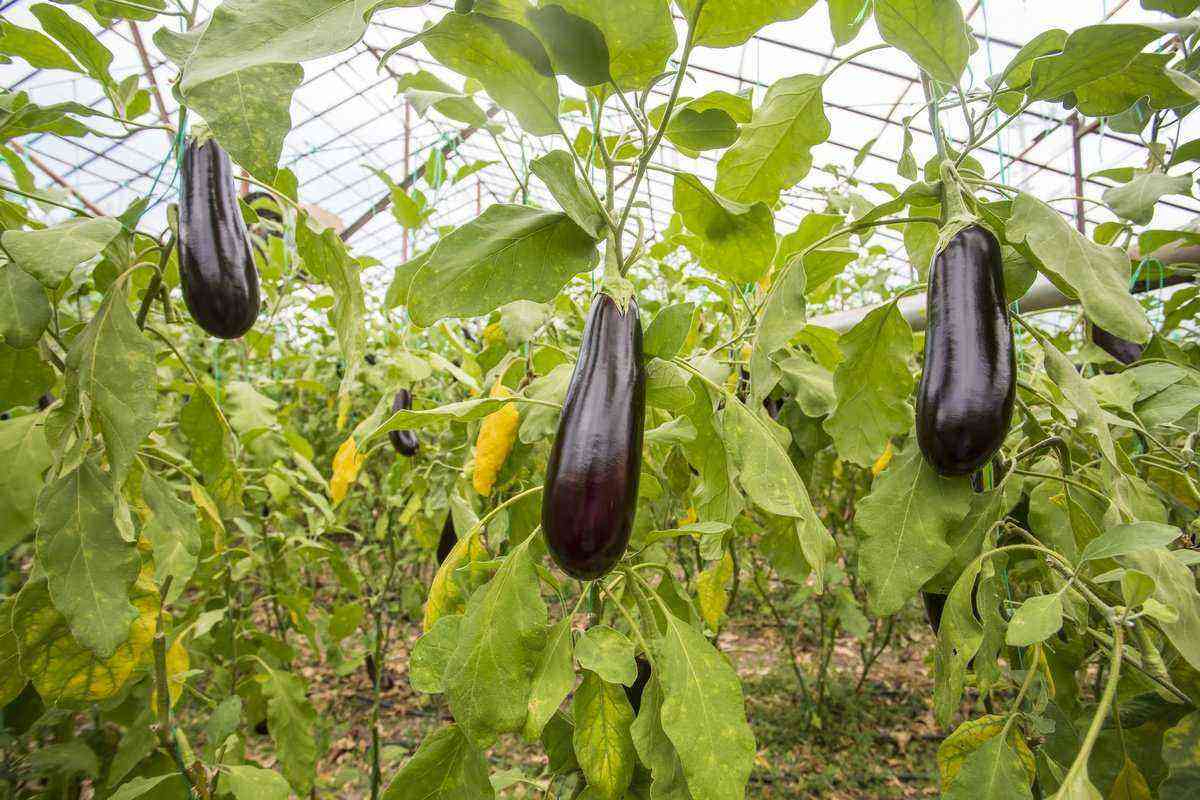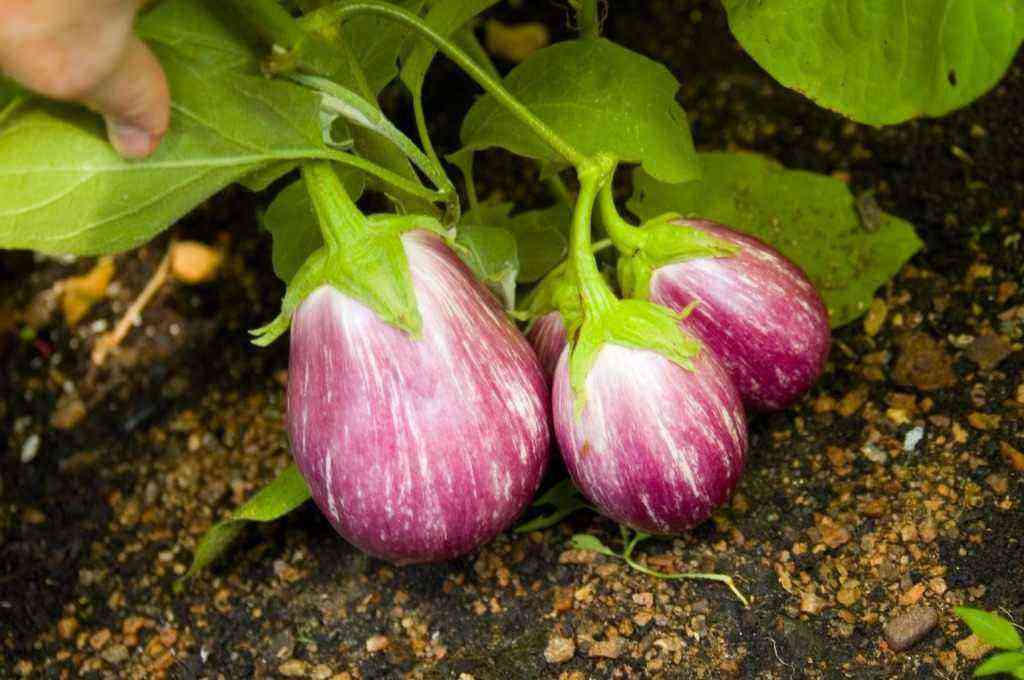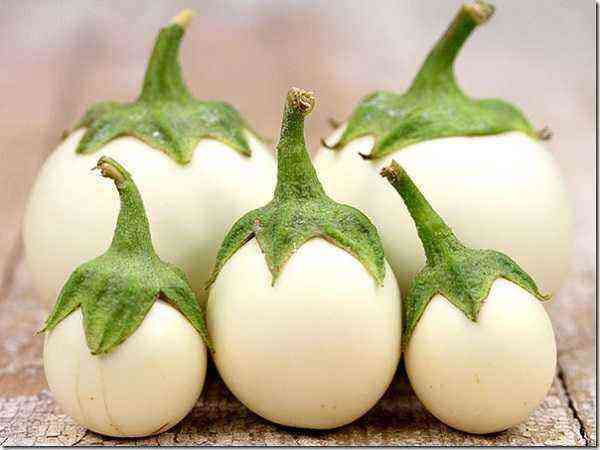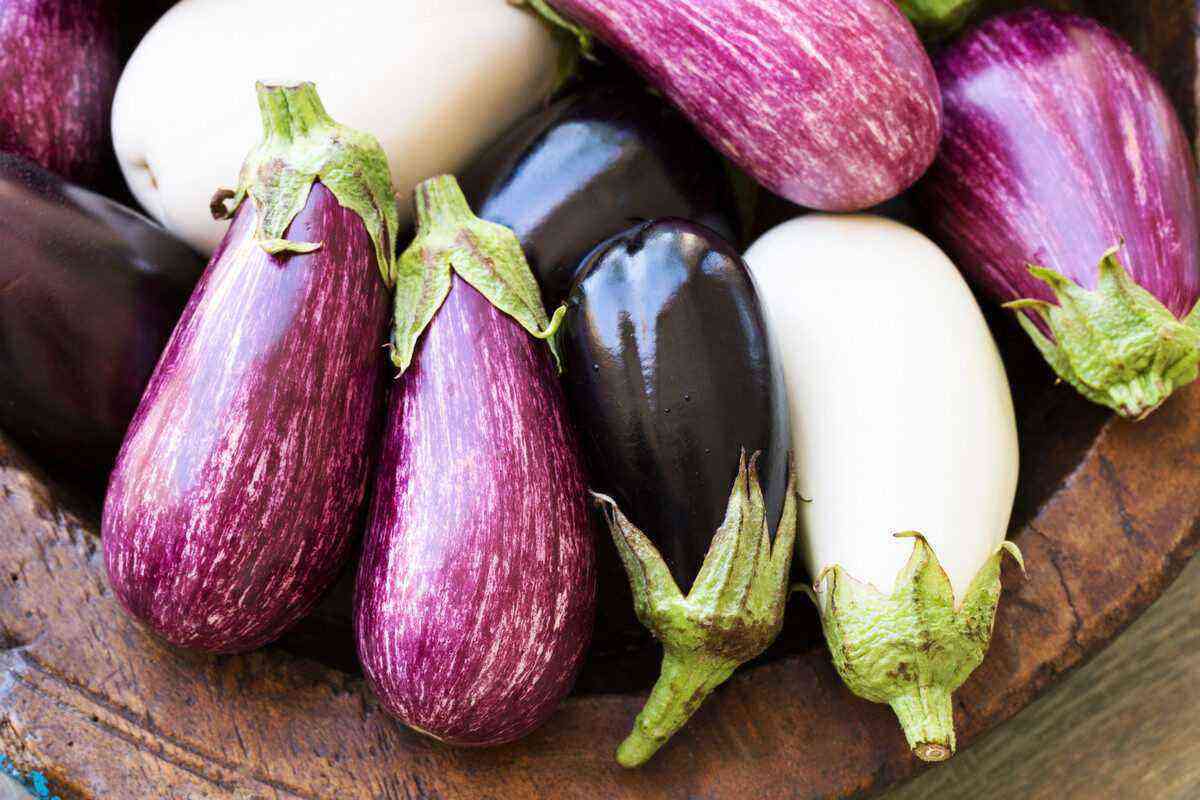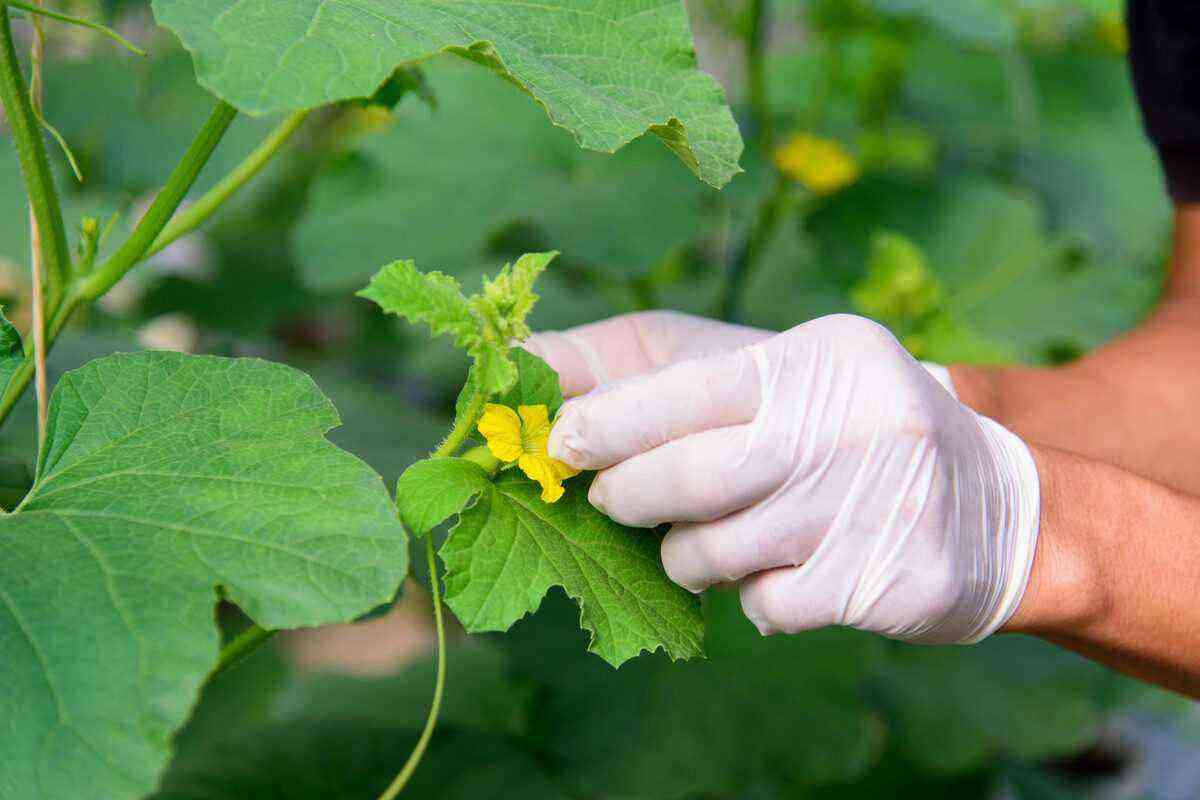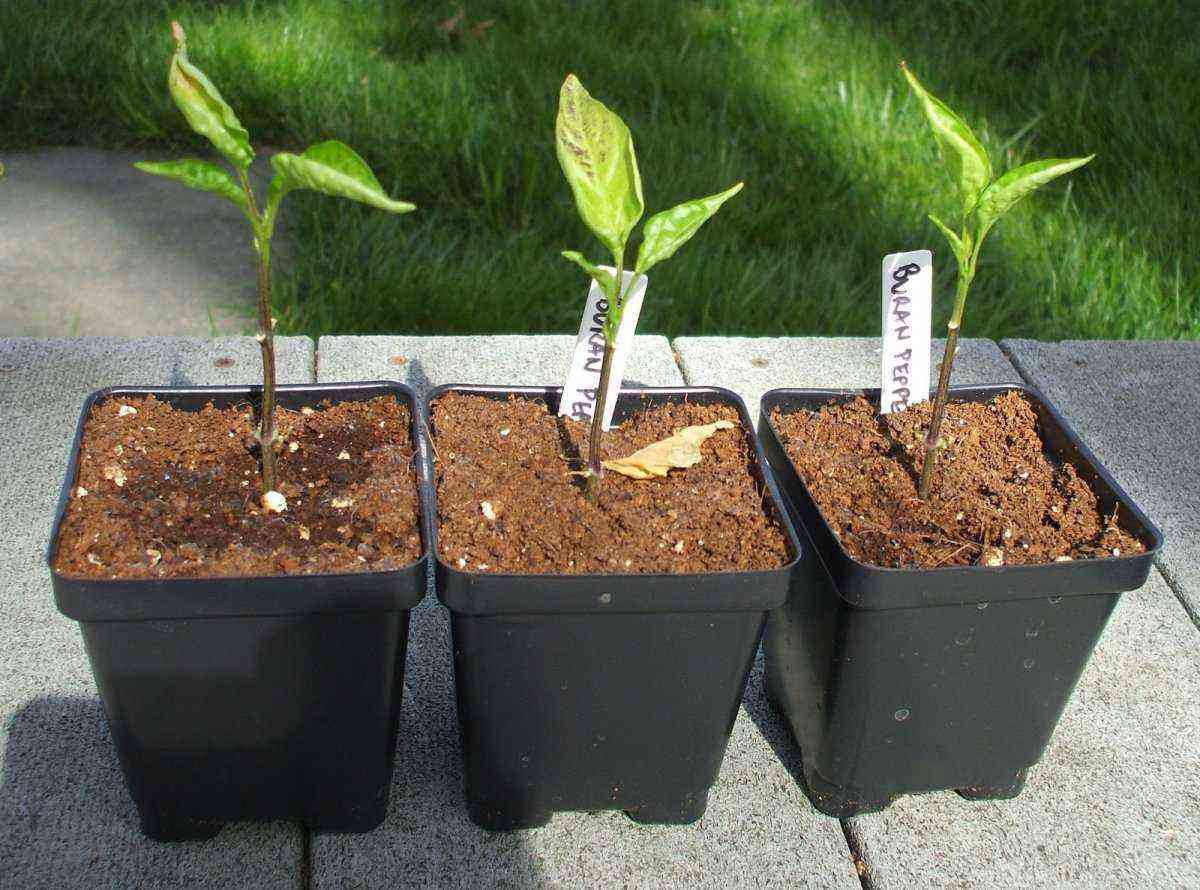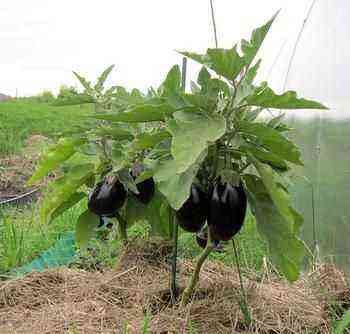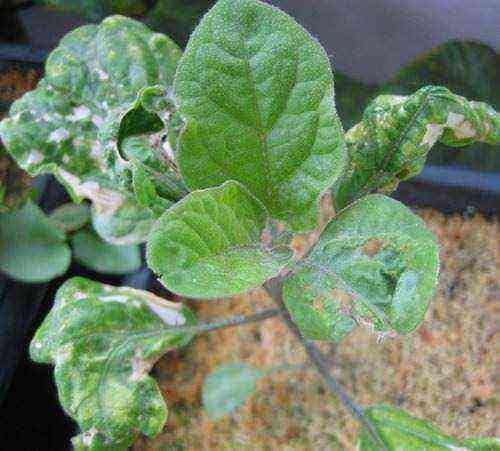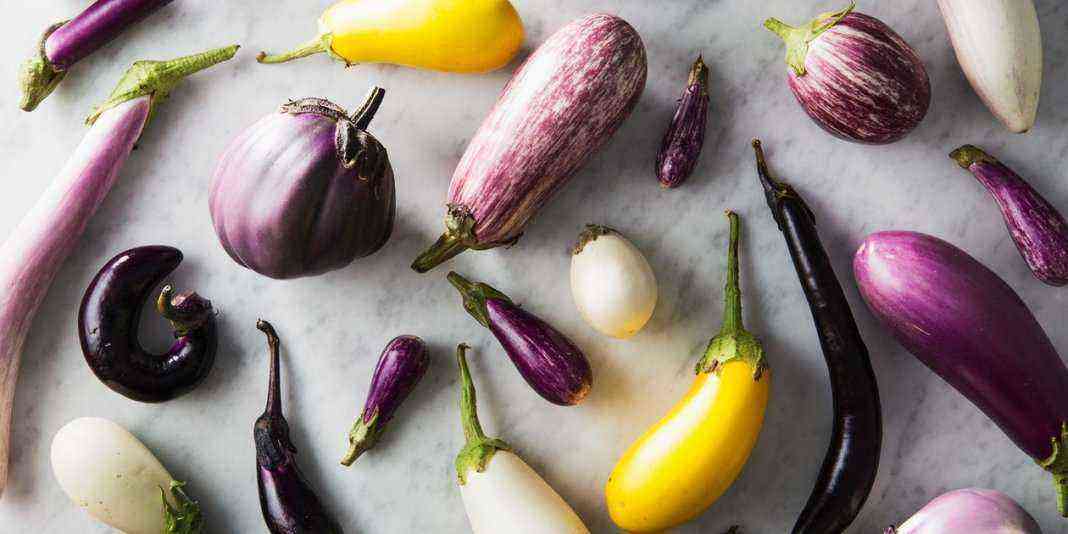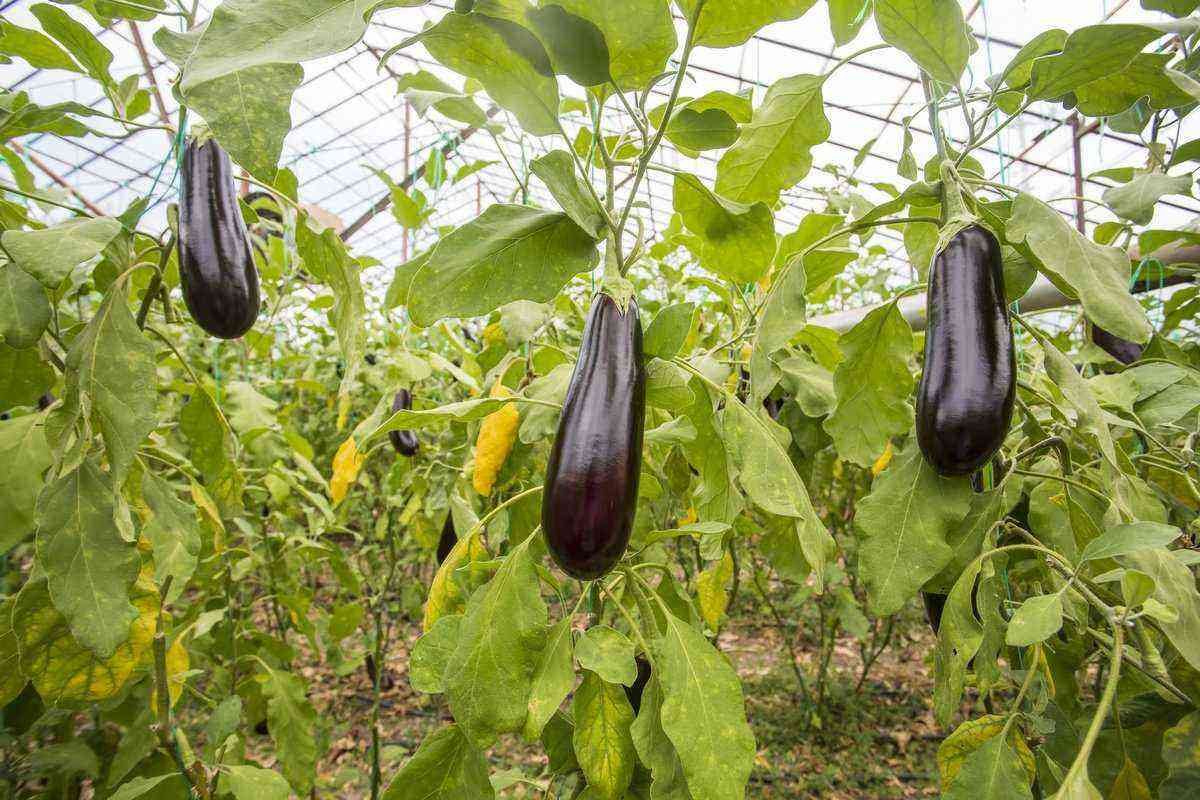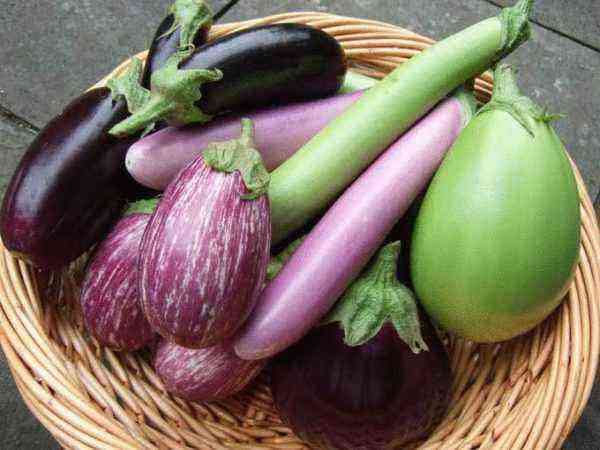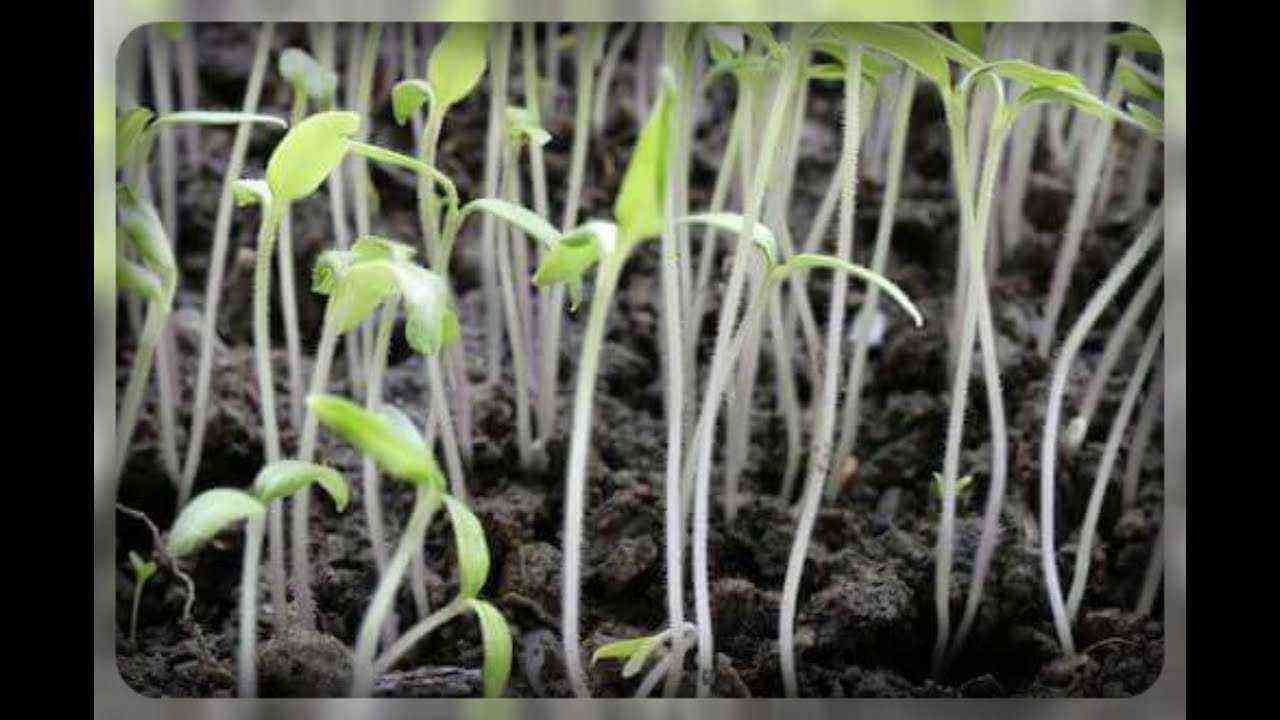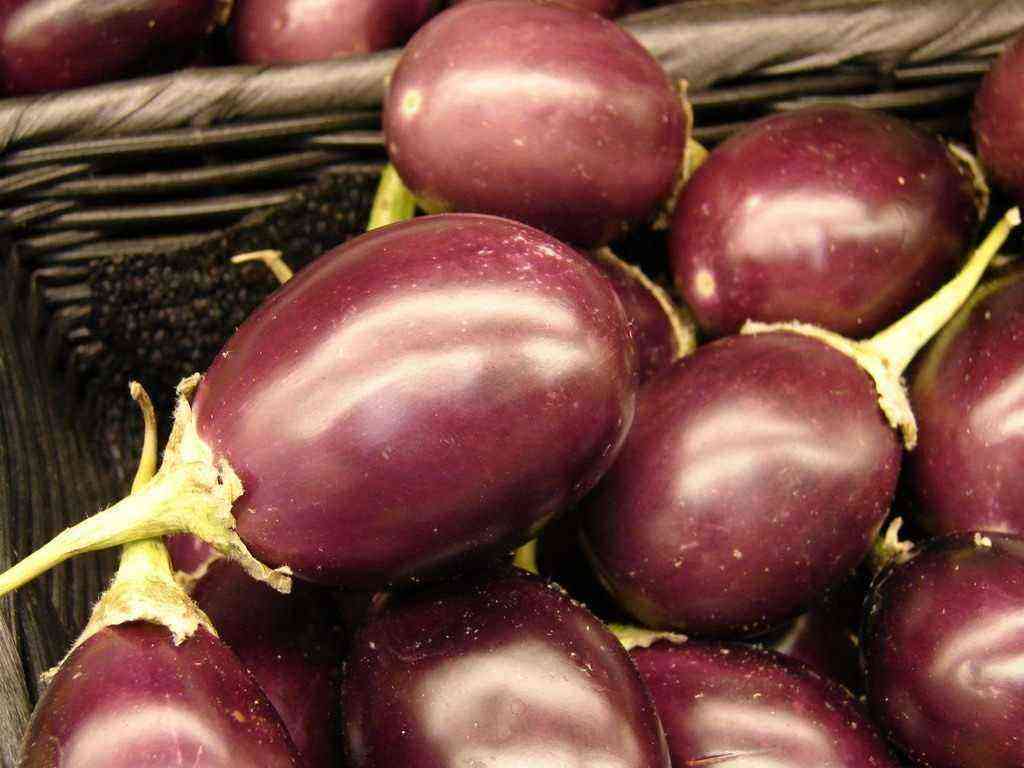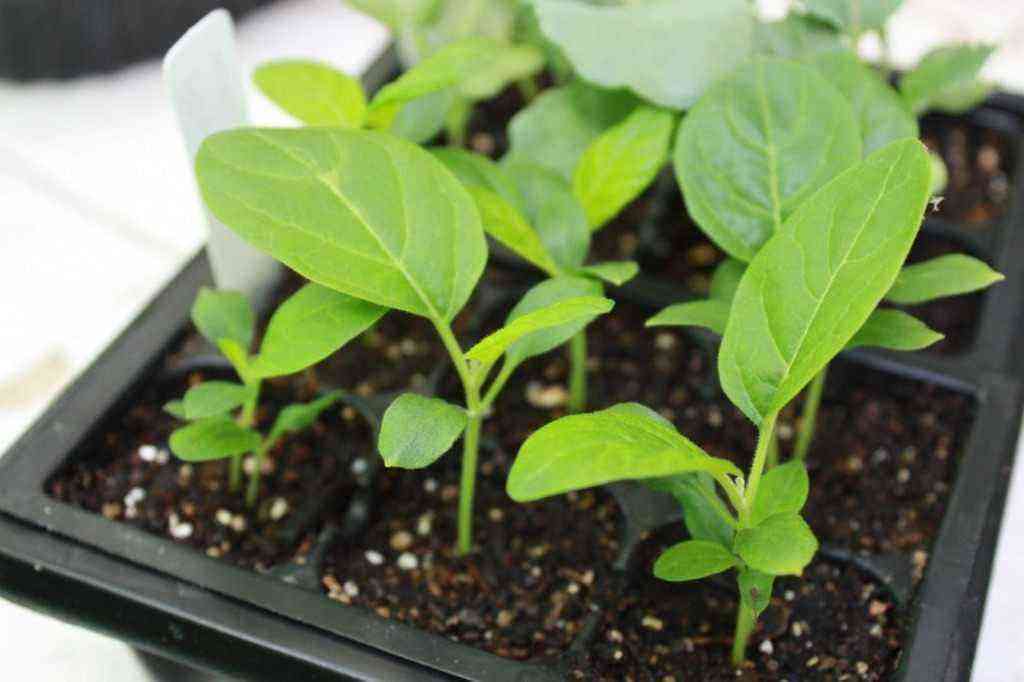Vegetable crops have a rather complex reaction to the length of the day. The duration and intensity of lighting have a great influence on the development of vegetable crops and their yield. Vegetable crops can be divided into three groups: long-day, short-day, and day-length-neutral.

Contents:
Long day vegetables
The list of such cultures is quite extensive. This includes all types of cabbage, celery, spinach, sorrel, parsnips, dill, onions, lettuce, radishes, radishes, turnips, carrots, rutabaga, vegetable peas and table beets.
For flowering and fruiting, these crops require a long daylight hours – more than 13 hours – for a certain period. On a short day, only vegetative organs grow: roots, shoots, leaves. With the onset of a long day, these plants begin to form generative organs – flower stalks, fruits and seeds are formed.
Therefore, for these crops, it is important to observe the recommended spring sowing dates. Violation of the timing of sowing, the so-called delay, can provoke a premature onset of the stemming phase (shooting) and lead to a reduction or complete loss of the crop.
Vegetable crops of a long day can be successfully sown in the second half of July. With such sowing, when the length of the day is shortened naturally, radishes, radishes, lettuce, broccoli, kohlrabi, green onions do not bloom and give good yields.
It is important to know
Breeders create varieties and hybrids based on each crop’s response to day length. In addition, varieties and hybrids with a reaction to the length of the day are also created in some crops. For example, onion has varieties for growing under long, short day conditions and with a neutral reaction. Therefore, you can significantly increase the yield by sowing suitable varieties in accordance with the recommendations.
Short Day Vegetables
These crops include: corn, beans, sweet and hot peppers, pumpkin, zucchini, eggplant, squash.
The length of daylight hours with a short day is no more than 12 hours. Such a day is necessary for the listed plants for the initial stage of vegetation, in the future they develop safely during the period of long daylight hours. If the recommended sowing time is observed on a short day, the plants bloom faster, bear fruit and give a higher yield.
Day length neutral vegetables
This group includes: watermelon, asparagus, some varieties of beans, tomatoes and cucumbers – all those vegetables that were bred in the temperate and northern latitudes of our country. Vegetables of this type grow well in both long and short days. When sowing them, it is important to take into account the growing season so that the plants have time to form a full and high-quality crop.
One of the important results of the work of the breeders of the company “POISK” was the creation of plastic varieties and hybrids of vegetable crops that are able to grow and produce crops at different day lengths.
Varieties of radish “Mercado”, “Carmen”, “Carmelita” can be sown from early spring to late autumn. They do not bloom even in summer and produce excellent root crops.


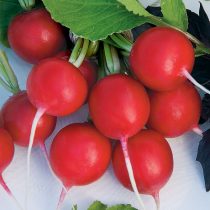
For the earliest crops, the Aurora and Lyubava varieties are better suited. They can be sown from the end of April when the weather is warm. The ripening period is 18-20 days. These are very productive varieties – up to 5 kg / 1 m2.
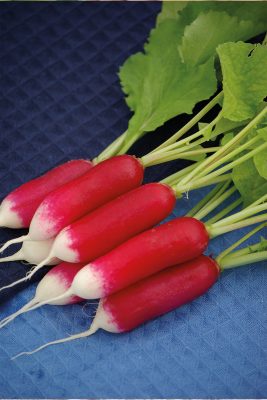
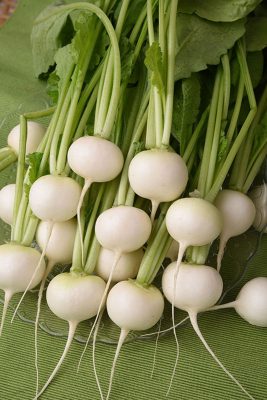
Variety “Octava” will best reveal its potential when sown in August. It will take longer to stand it in the garden – about 40 days, but on the other hand, it will delight you with very tasty root crops without bitterness and voids. Retains its consumer qualities when stored in the refrigerator for up to 2-3 months.


